Sa-orm [Sa-om/Cha-om/Ch-om] is a perennial shrub with spruce-like leaves that grows wild in Southeast Asia, ranging from Sri Lanka to Malaysia. It is a highly sought-after herb that grows wild, and is comparable to chanterelles in western culture. Like chanterelles, Sa-orm imparts a delicious, culturally unique flavor like no other ingredient. Specifically, I’ve found Sa-orm to be extremely umami, with ‘meaty’ qualities, even though it is an herb; it’s smokey, with an essence of bacon.
As delectable as Sa-orm is, it’s rarely found on restaurant menus in Cambodia. But it can almost always be found as a part of a Khmer home-cooked meal for breakfast, lunch, or dinner.
But for the Khmer Chef (Nite Yun) of the nationally acclaimed Nyumbai, Sa-orm is more than just a herb. Sa-orm’s flavor profile is symbolic of Khmer heritage and birthright.
This exists because of the support of The ASIAN BUSINESS INSTITUTE & RESOURCE CENTER. (Or ABIRC) in Fresno, an organization that supports socially disadvantaged Southeast Asian Farmers in California’s Central Valley.
As a result, farmed Fresno Sa-orm can be found in Khmer markets as far north as Seattle and as far south as Long Beach, helping the Khmer diasporic community feel a little more Khmer.



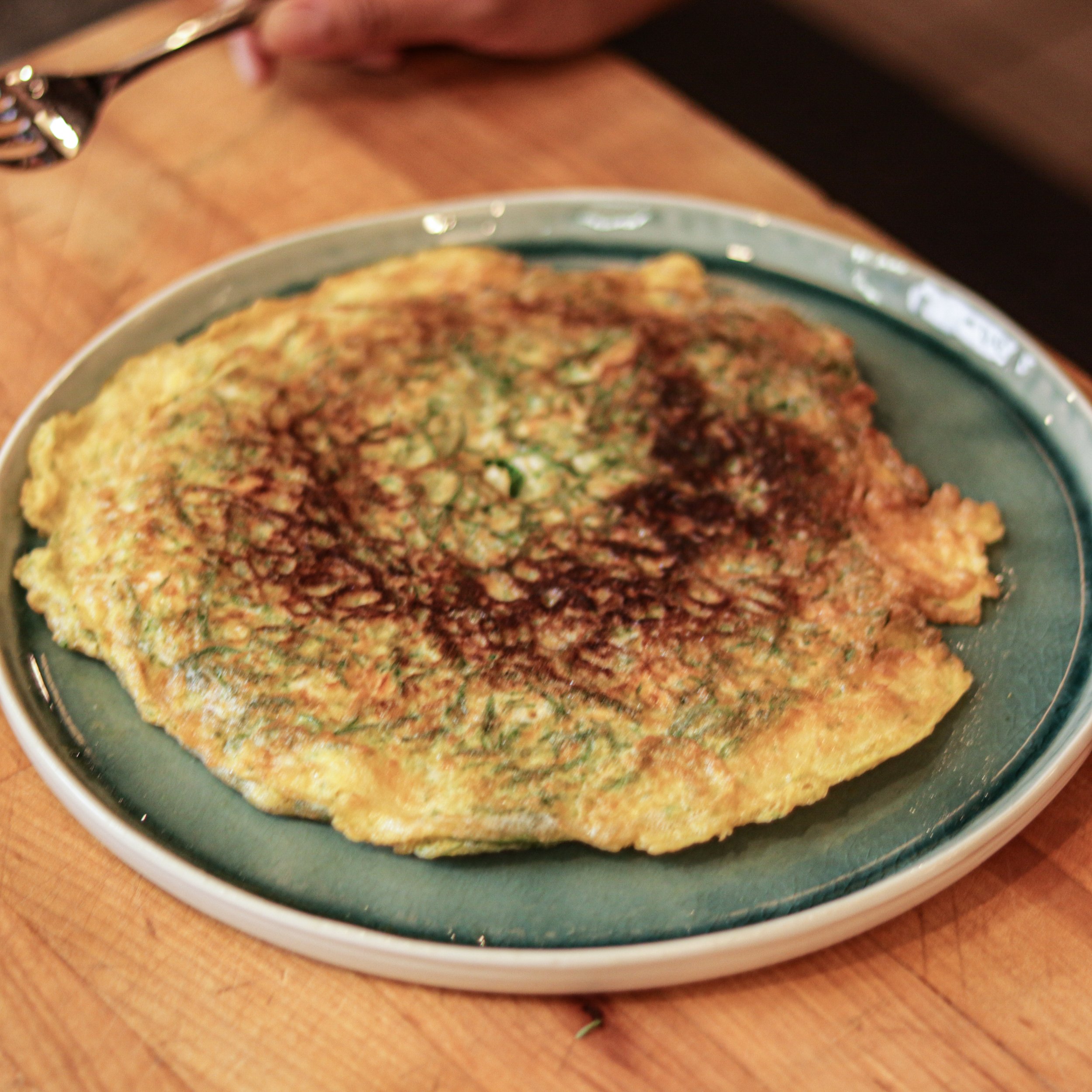
This episode was in partnership with the ASIAN BUSINESS INSTITUTE & RESOURCE CENTER. Their efforts support socially disadvantaged Southeast Asian Farmers in California’s Central Valley.

Fried Sa-Orm ស្អំ with Eggs
Ingredients
Instructions
- Pick the Sa-orm leaves. (Note: Sa-orm leaves have prickly thorns, which takes a specific method to strip the edible leaves off. Start from the stems of each, then strip the leaves away from the plant in a fluid, quick motion, similar to destemming collard greens and kale.)
- In a medium-sized bowl, combine eggs, fish sauce, a pinch of fish sauce, and a pinch of black pepper.
- Whisk the egg mixture with a fork to thoroughly combine the ingredients. Set aside.
- Then preheat a large cast iron frying pan on medium-high heat for 3-5 minutes.
- Add the Sa-orm leaves and a pinch of salt.
- Cook the Sa-orm leaves on medium heat for 1 minute.
- Gently, pour the egg mixture into the frying pan on high heat.
- Fry the eggs until the bottom side for 2-3 minutes. Or until golden brown. (preferred style of eggs in Asia)
- Then gently flip the omelette over using a spatula.
- Repeat the process.
- Take the eggs out of the frying onto a plate lined with paper towels to remove any residual cooking oil.
Notes
Sa-orm leaves must be cooked to be palatable.



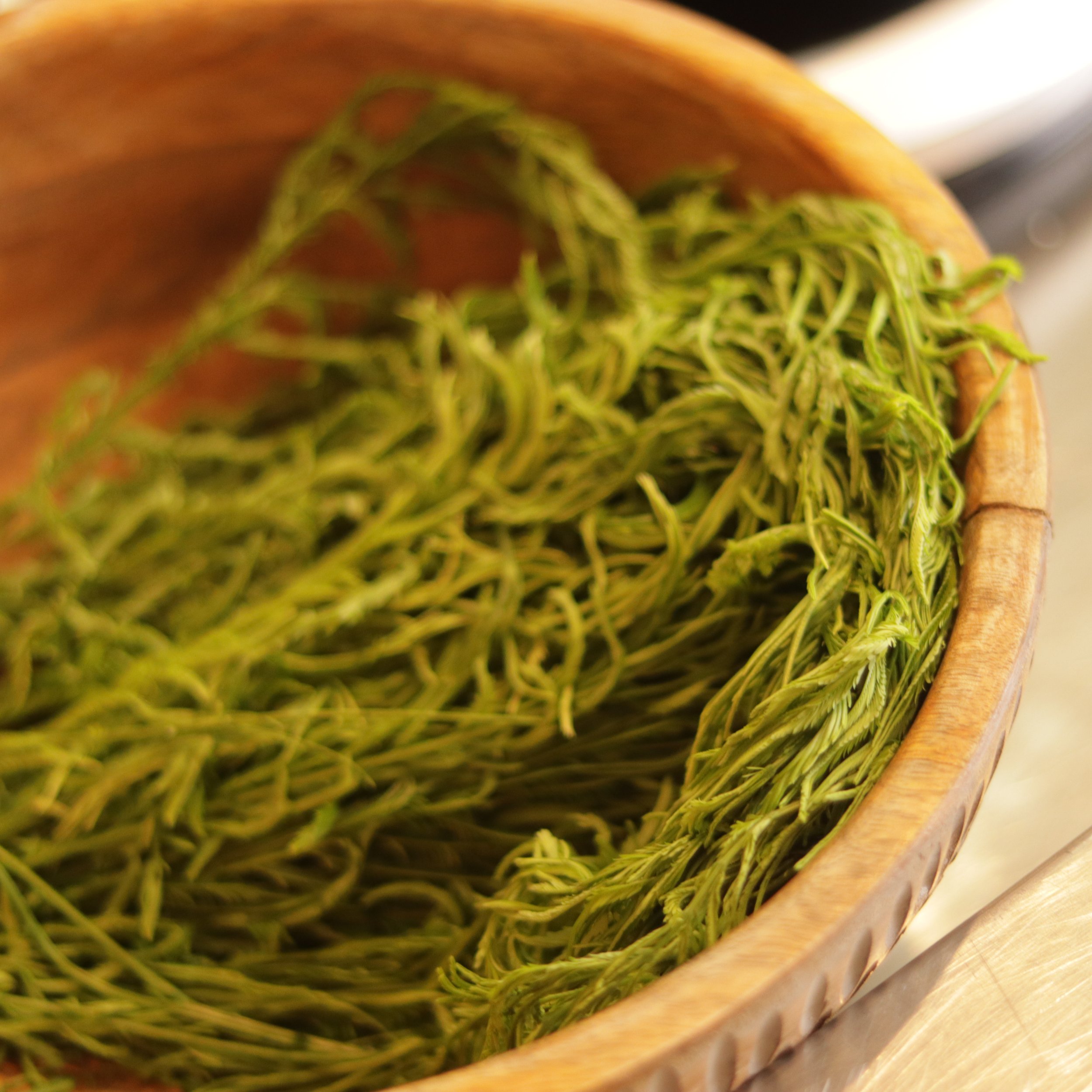










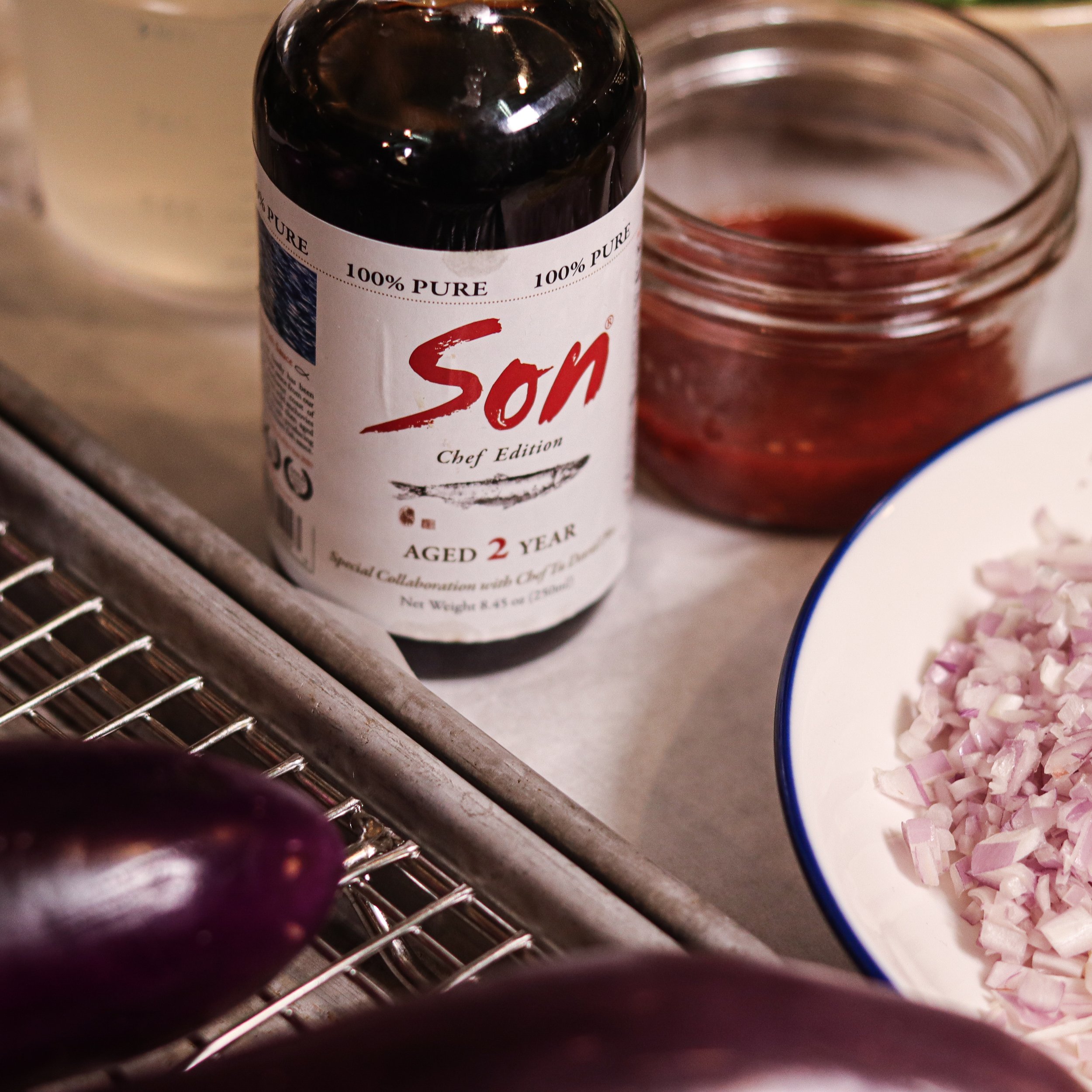






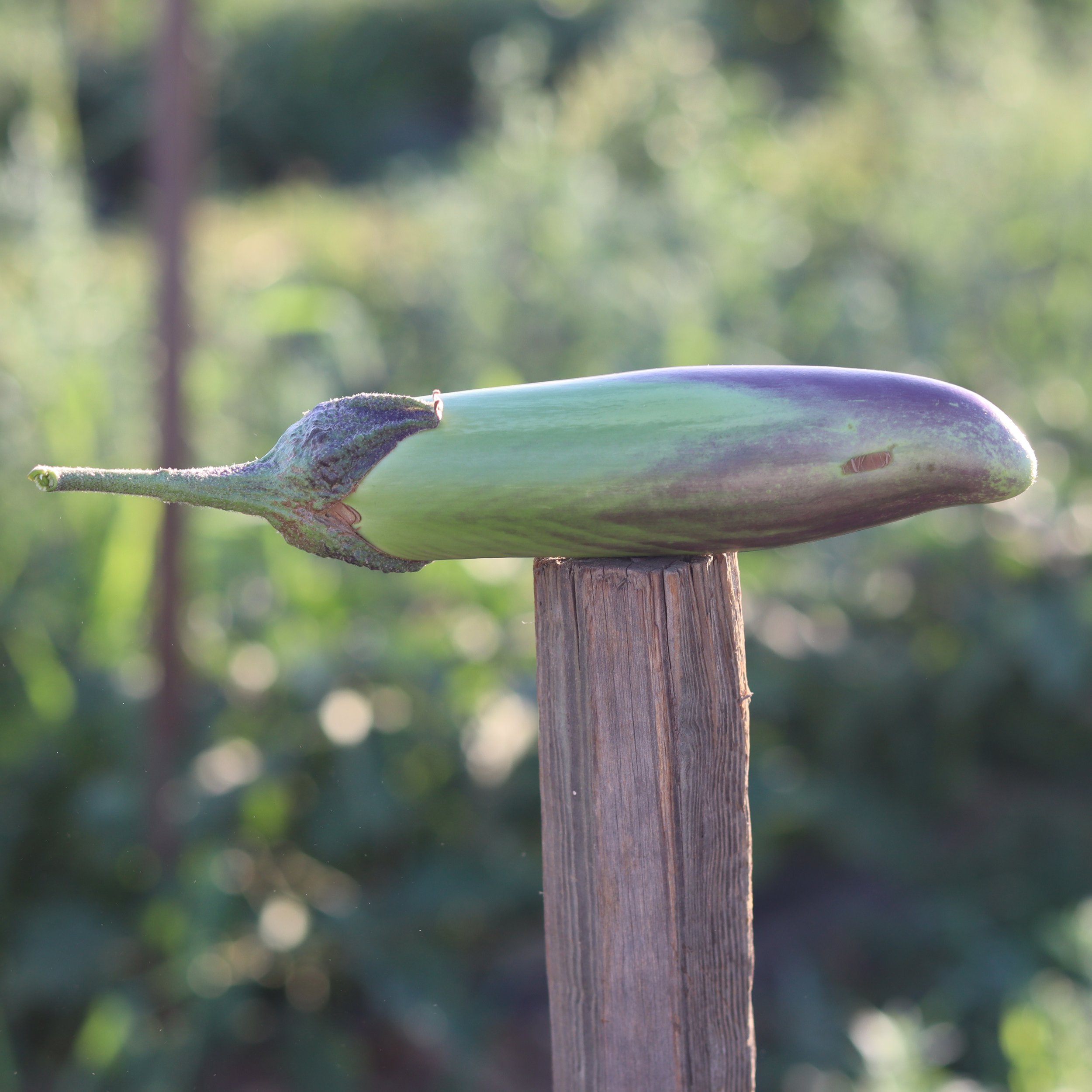
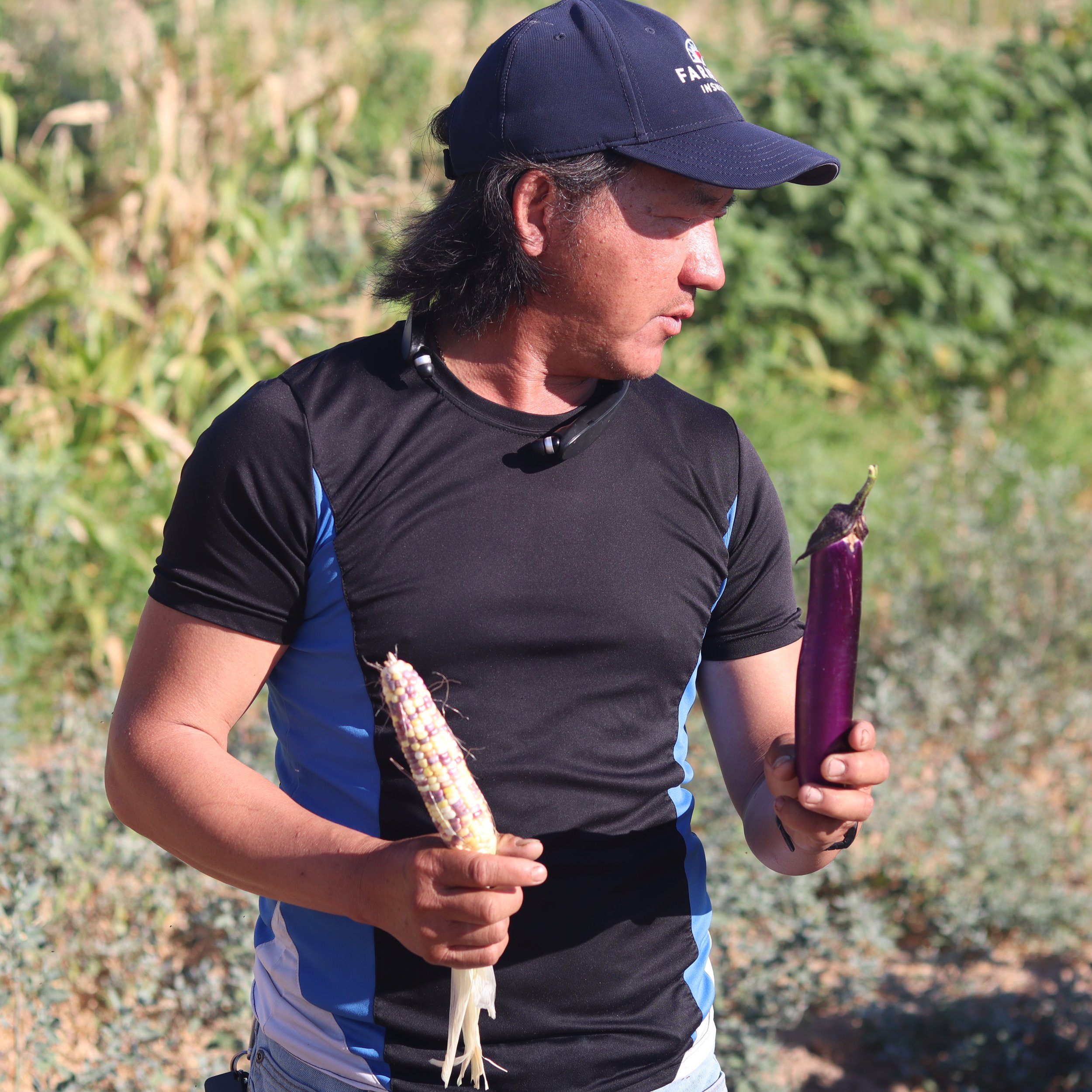






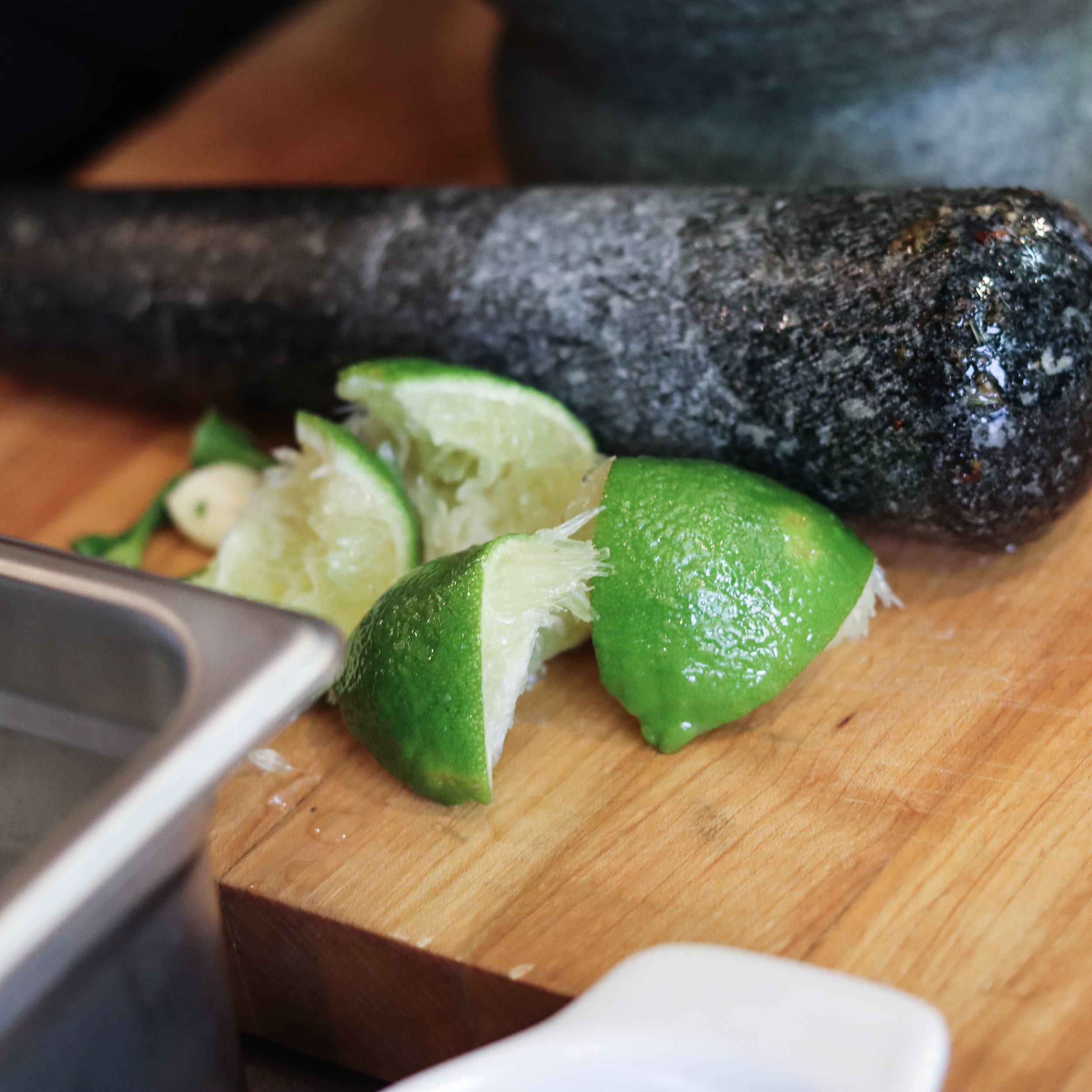


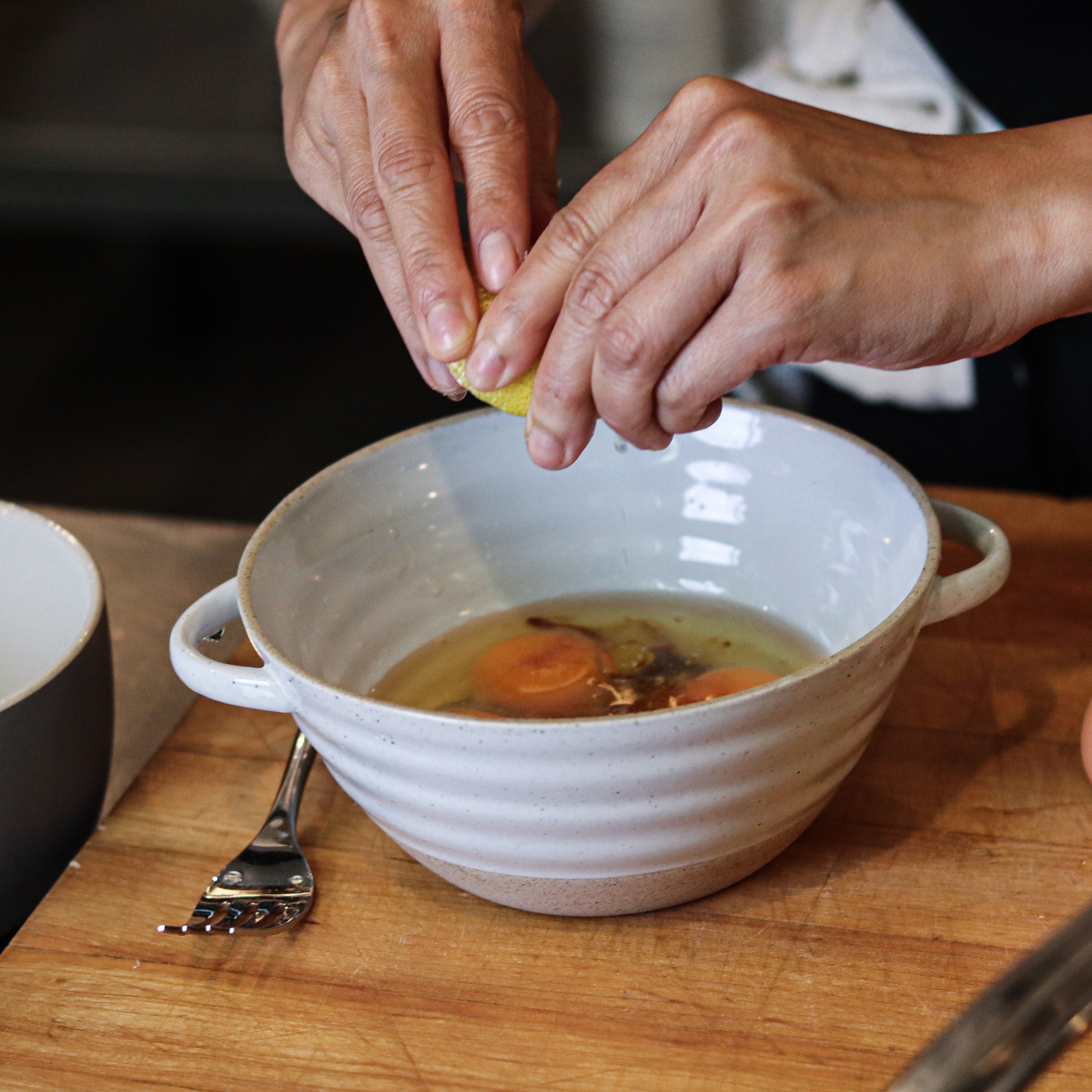





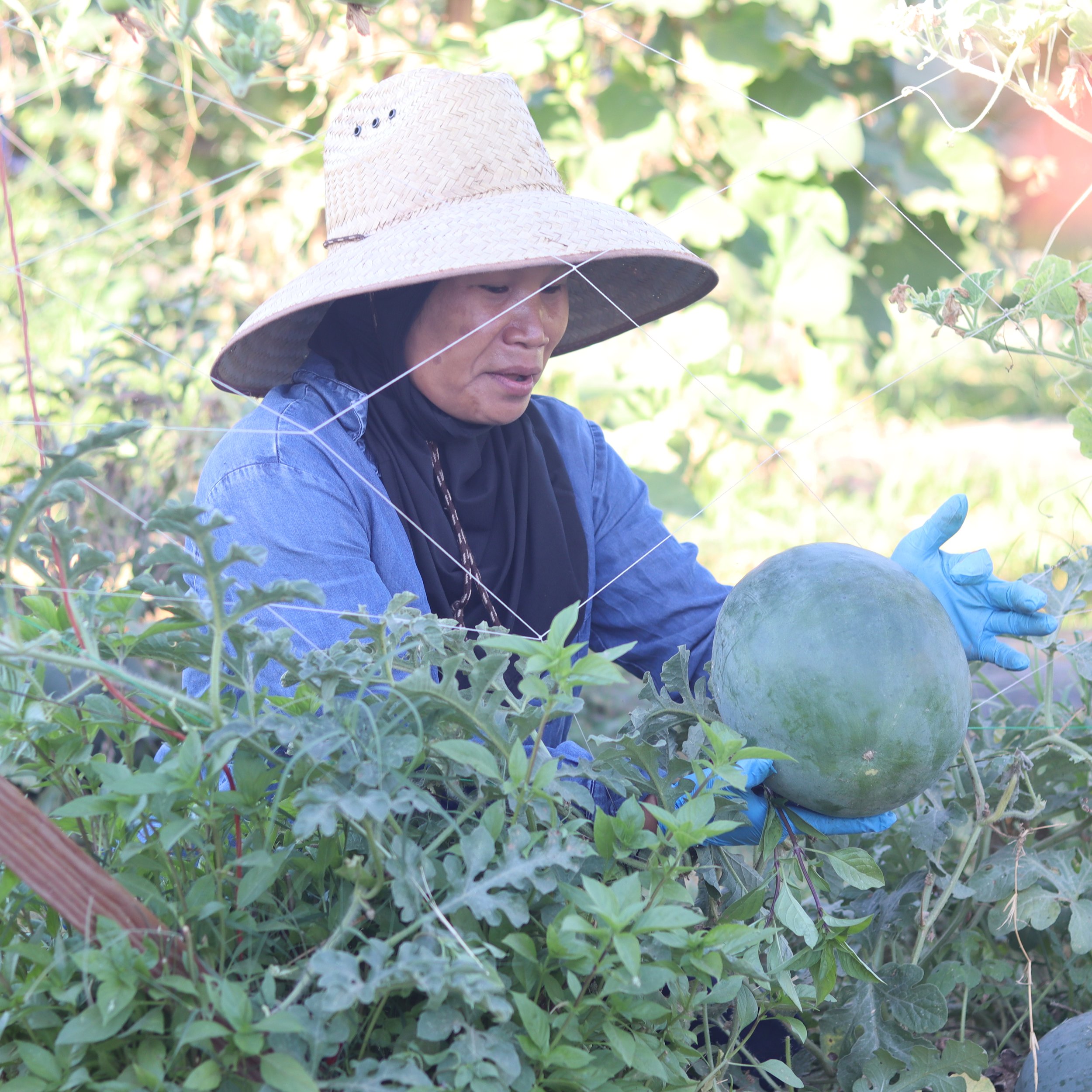
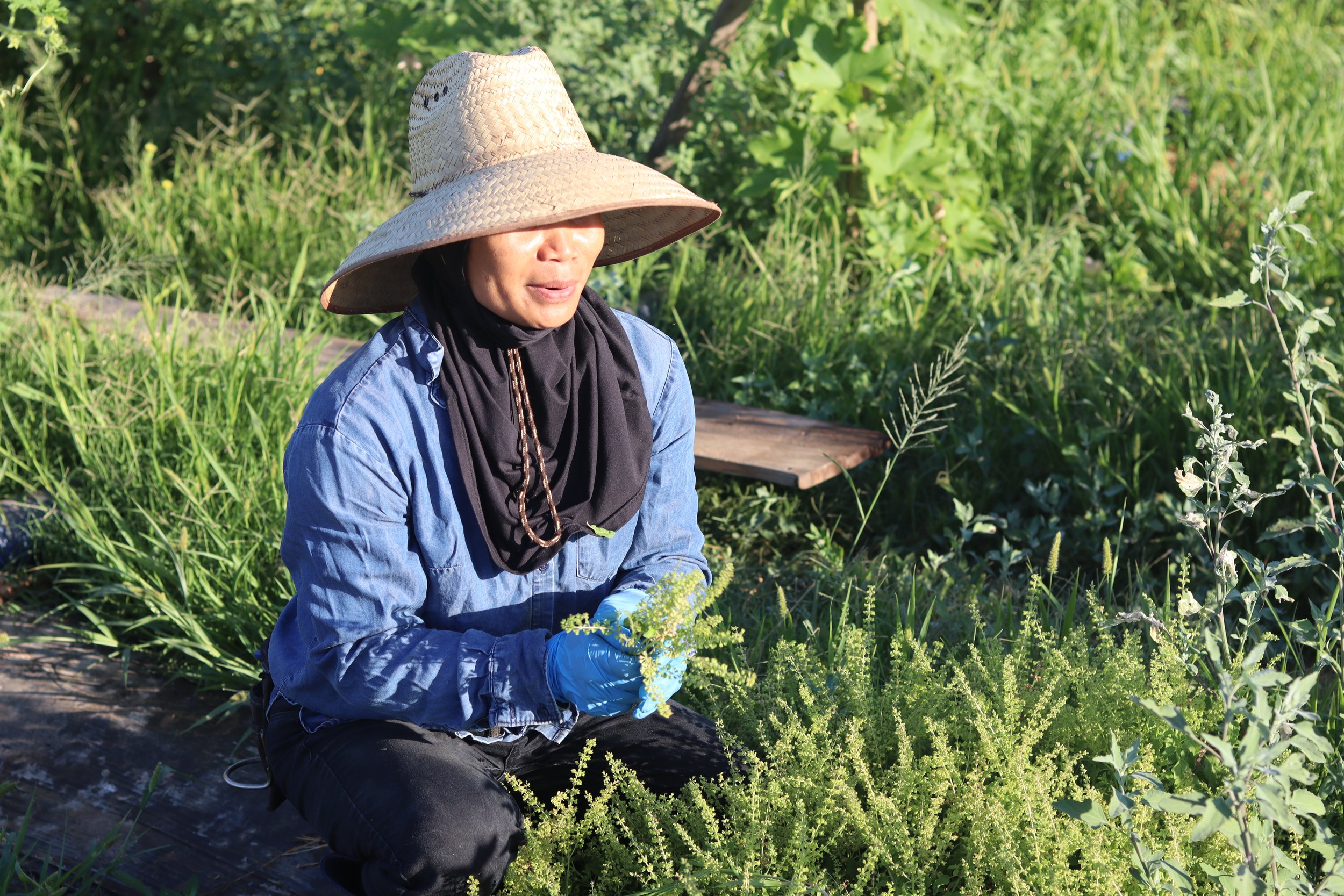
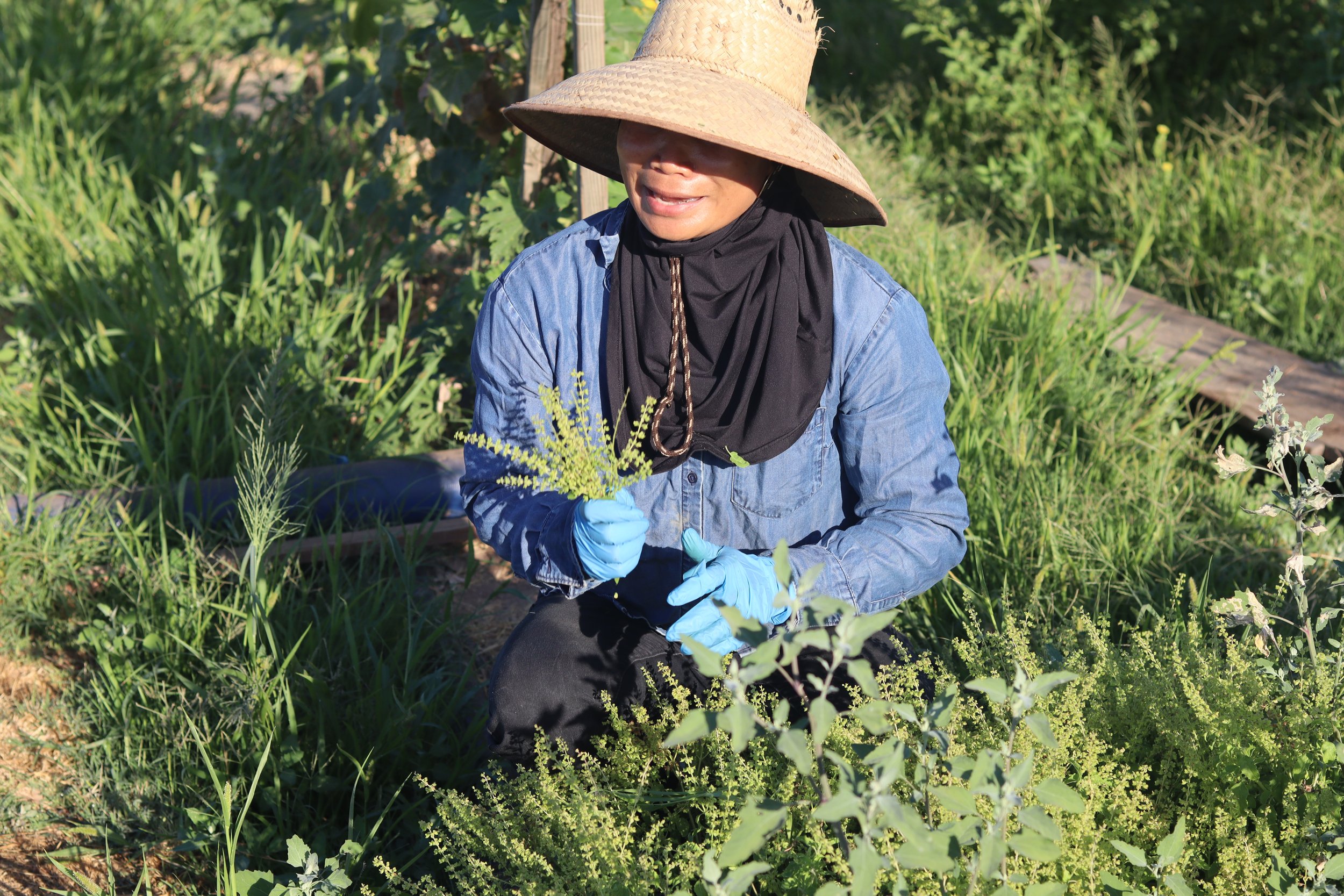
























![Cá Trứng Chiên [Fried Smelt] Cá Trứng Chiên [Fried Smelt]](https://i.imgur.com/90jGLBD.jpg)













![LobsterFRR[2].jpg](https://images.squarespace-cdn.com/content/v1/56cf7cfb0442626af6cd8f70/1617244480870-YIBSIHZ6R715ZJCXX17N/LobsterFRR%5B2%5D.jpg)



